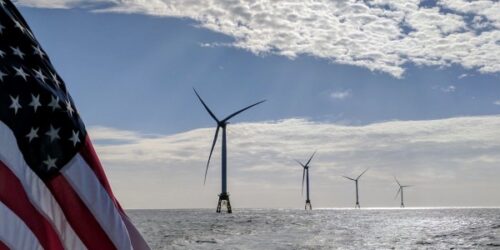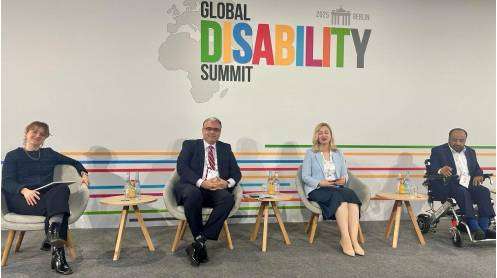Governments currently plan to allocate an estimated US$470 billion for clean energy investment between now and 2030, up by 20 percent compared to plans in July, the International Energy Agency (IEA) said on Thursday, but noted that despite the increase, recovery is uneven and clean energy investment is not enough to prevent emissions growth.
Between July and October, governments have made 40 new funding announcements and added spending figures and details to 140 previously announced spending programs, the IEA’s Sustainable Recovery Tracker showed.
Government spending increased significantly in energy efficiency, clean fuels and innovation funding, as well as in low-carbon and efficient transport, adding to already strong levels of government support for these areas, the IEA said.
The sustainable recovery spending, however, is highly imbalanced: advanced economies have made the most of the clean energy announcements, which still fall short of putting carbon dioxide (CO2) emissions on a permanent declining trend, the IEA noted.
“We are witnessing an uneven and unsustainable recovery from last year’s economic crisis – a recovery that consists of huge growth in fossil fuel consumption while leaving behind nearly 80% of the world’s population in the shift towards a new and cleaner energy economy,” Fatih Birol, the IEA Executive Director, said in a statement.
Even in advanced economies, more should be done to reach net-zero emissions by 2050. New infrastructure spending packages currently under consideration in France, Japan, and the United States could significantly boost spending on clean energy advanced economies. Yet, developed nations need even more investments this decade in order “to put them on a path consistent with reaching net zero emissions from energy globally by 2050,” the IEA said.
Government spending on sustainable recovery in emerging and developing economies remains only around one-tenth of the level seen in advanced economies, the agency added.







